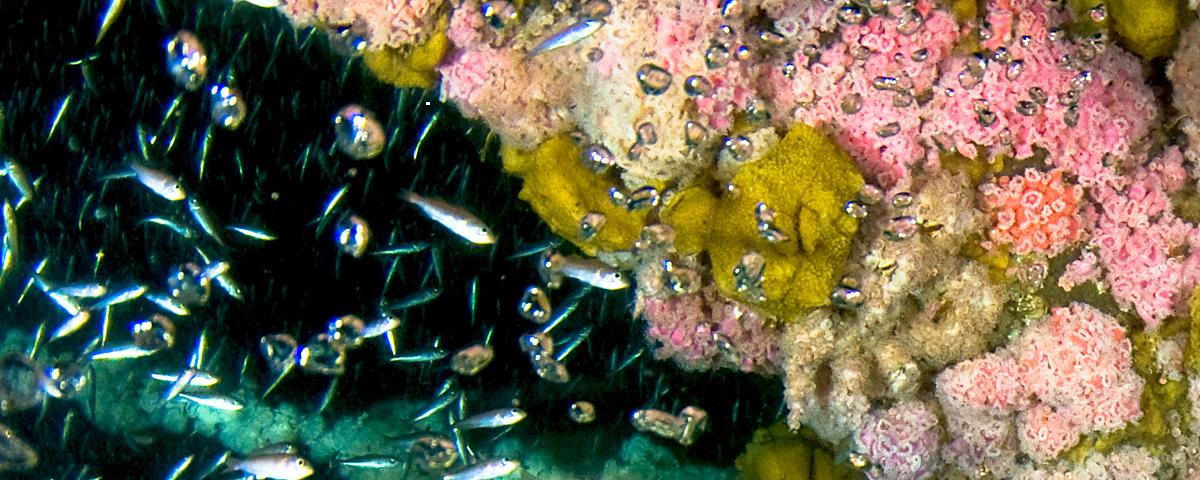Investigating the use of oil platform marine fouling invertebrates as monitors of oil exposure in the northern Gulf of Mexico
Abstract
The concentration of 51 parent and alkylated PAHs was examined in oysters, Ostrea equestris, and corals,Tubastrea coccinea, collected from oil-rig structures off the coast of Louisiana during April andMay 2011 to investigate their potential use as monitors for offshore contamination events. Corals and oysters collected from both sampling trips had lower PAH accumulation than most bivalves collected in previous studies near the shoreline of Louisiana and elsewhere in the Gulf ofMexico. In April, total PAH (TPAH) concentrations ranged from 8.73 to 15.17 ng g−1 in corals and 2.52 to 22.04 ng g−1 in oysters. InMay, corals and oysters had elevated concentrations of TPAH ranging from 24.28 to 79.23 ng g−1 and 7.18 to 95.55 ng g−1, respectively. This increase could be a result of Mississippi River flooding that occurred during that time, as evidenced by the high perylene concentrations (3.92–41.49 ng g−1) measured in May oysters. Oysters and corals collected in May from MC21B, the closest rig to the Mississippi River Delta, had the highest TPAH concentrations observed among all locations and the only rig to have predominantly petrogenic source inputs. Overall, given the low baseline of PAHs demonstrated in this study and the rapid accumulation of diagnostic chemicals in response to a possible contamination event (i.e. sediment plume fromMay flooding), oil-rig invertebrates could make excellent monitoring tools to examine the exposure to and recovery from oil (and oil-spill response options) in the offshore Northern Gulf of Mexico. Pre-spill baseline data of chemical and biological biomarkers of contamination is key to better estimating the impacts and recovery of oil exposure. Therefore, this screen of PAH accumulation represents a crucial first step in determining baseline contaminant levels in order to utilize these unique resources as monitors for offshore oil exposure in the Northern Gulf of Mexico.

